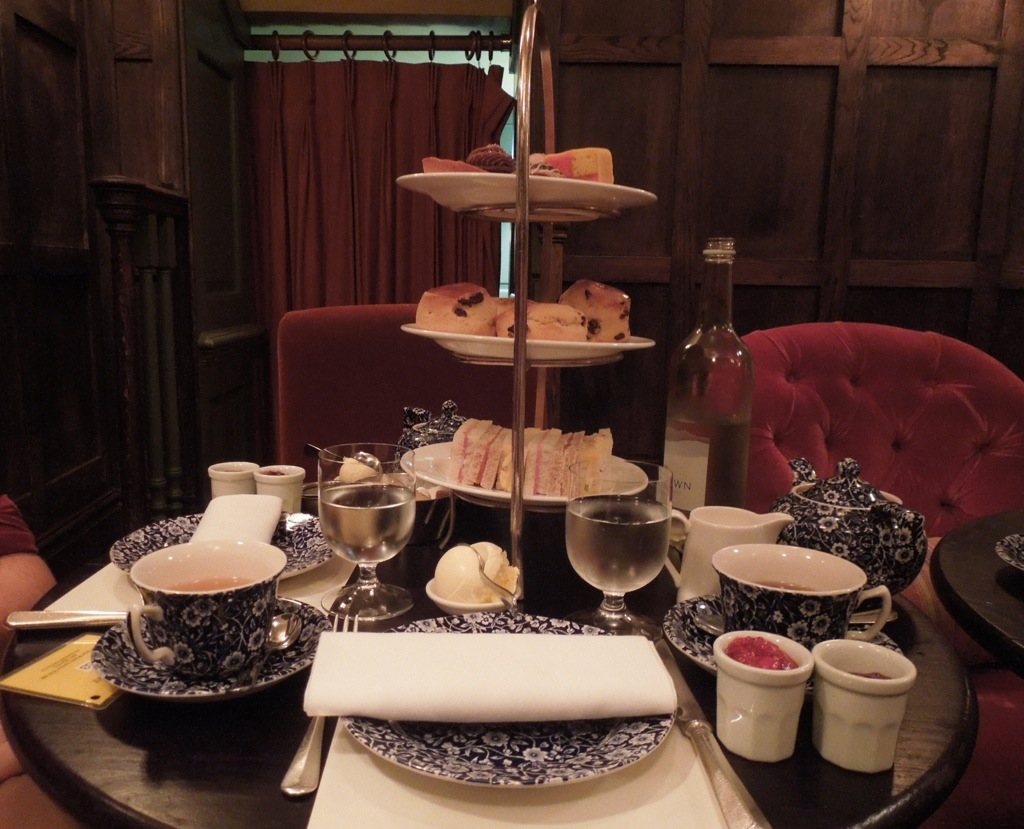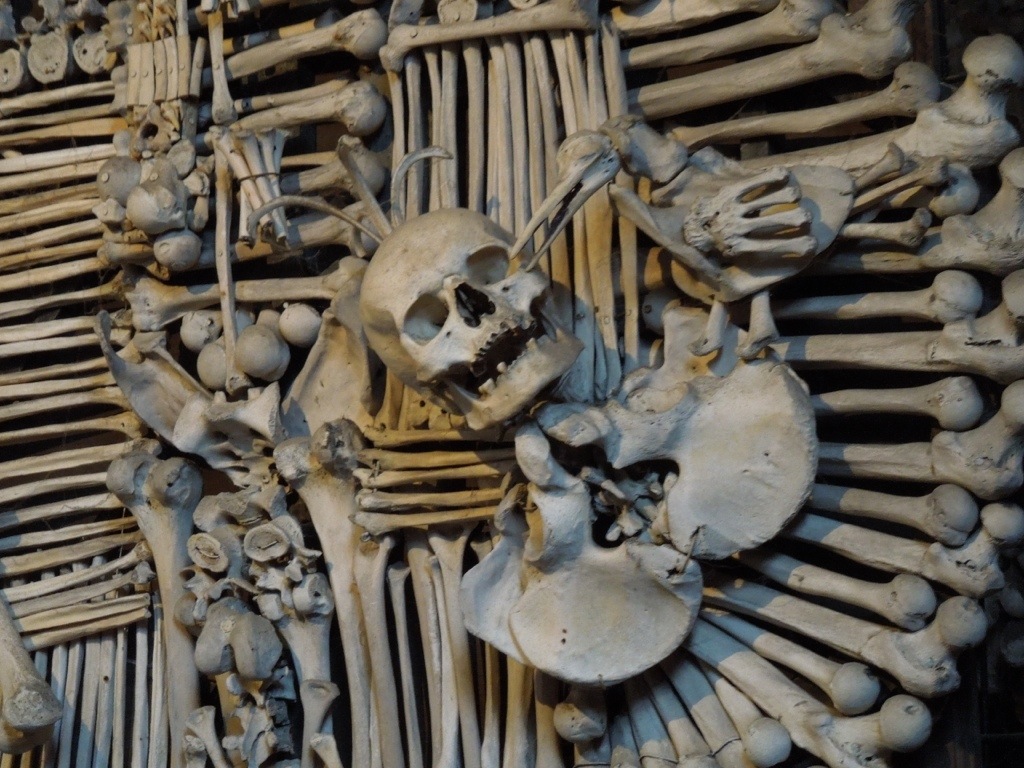My previous Krakow post was about taking a daytrip to Auschwitz. This post is a more cheerful daytrip you can take away from the city.
Easily accessible by bus (take number 304 from Pawia St), the Wieliczka Salt Mine is a wonder to behold. English tours leave at least once an hour, and while they are a little pricey (73 zloty/23 USD), I did mention in the previous sentence that this place is “a wonder to behold.”
The tour begins with everyone walking down 350 steps (don’t worry, you take an elevator back up) to help you understand what the salt miners did on a daily basis. Once you arrive at the bottom of that seemingly never-ending staircase, you will have arrived in the corridors of the mine. You can safely assume that anything holding the place together, which isn’t wooden beams, is salt.

You’re also welcome to taste the walls if you’re so inclined, and aren’t afraid of germs. (Don’t be afraid of germs, exposing yourself to them is good for the immune system!) Along the tour route there are also man-made ponds, where the miners directed any water that made its way into the mine.
Far underground, you’ll learn about Polish history, and the business of salt mining — which stopped being profitable in 1996 and resulted in the conversion of the mine into a tourist attraction. However, as interesting as the history is, that’s not the reason people visit the Wieliczka Salt Mine.
People visit the Wieliczka Salt Mine for its art.

It turns out that the miners at Wieliczka were a pretty talented bunch, and in their spare time, they became sculptors of the material that was present all around them — salt. There are records of “salt snowmen,” which date back to the mine’s creation in the 13th century, and, throughout its 700 year history, many works of art have been sculpted.

The pièce de résistance is the Chapel of St. Kinga, a cavernous underground hall.
This entire room and all of the art in it is carved salt! Even the chandeliers are made of rock salt! (The stairs are pretty slippery, so watch out.)





The tour ends by walking you through a reception hall where events could be held underground (cool!) and a giftshop where you can buy your own salt carving. I mention this room because it has wifi… 130 meters (426.5 feet) underground.
I used it to update my facebook status.
Technology is amazing. And so is the Wieliczka Salt Mine. If you’re looking for a cheerful daytrip to lift your spirits after exploring Krakow’s rich World War II history, look no further!









4 Comments
Jeannie O'Donnell-Northup
This must have been incredible to see! I wouldn’t have guessed there was all this incredible art work in the mine!
opportunemma
The artwork is stunning! I thought it was amazing that all of the artists were miners.
Alouise
What a quirky and fascinating place. I had no idea this even existed, but whenever I get to Krakow I’ll definitely be visiting here.
opportunemma
I hope you have as much fun there as I did! “Quirky” is definitely the word for it.